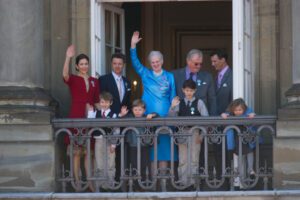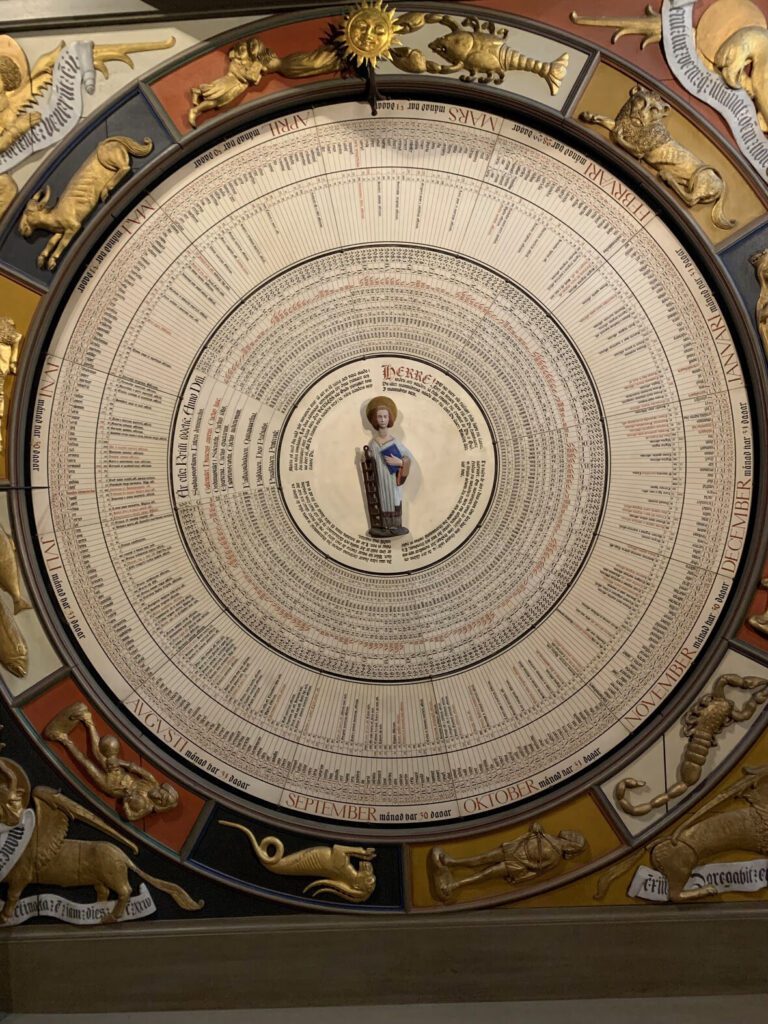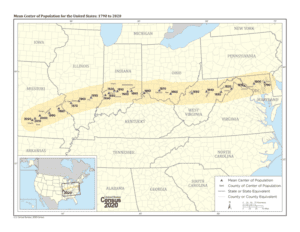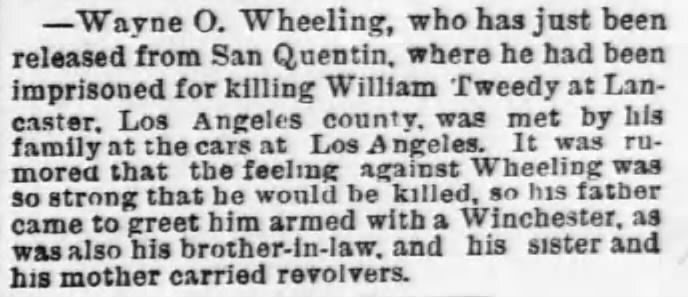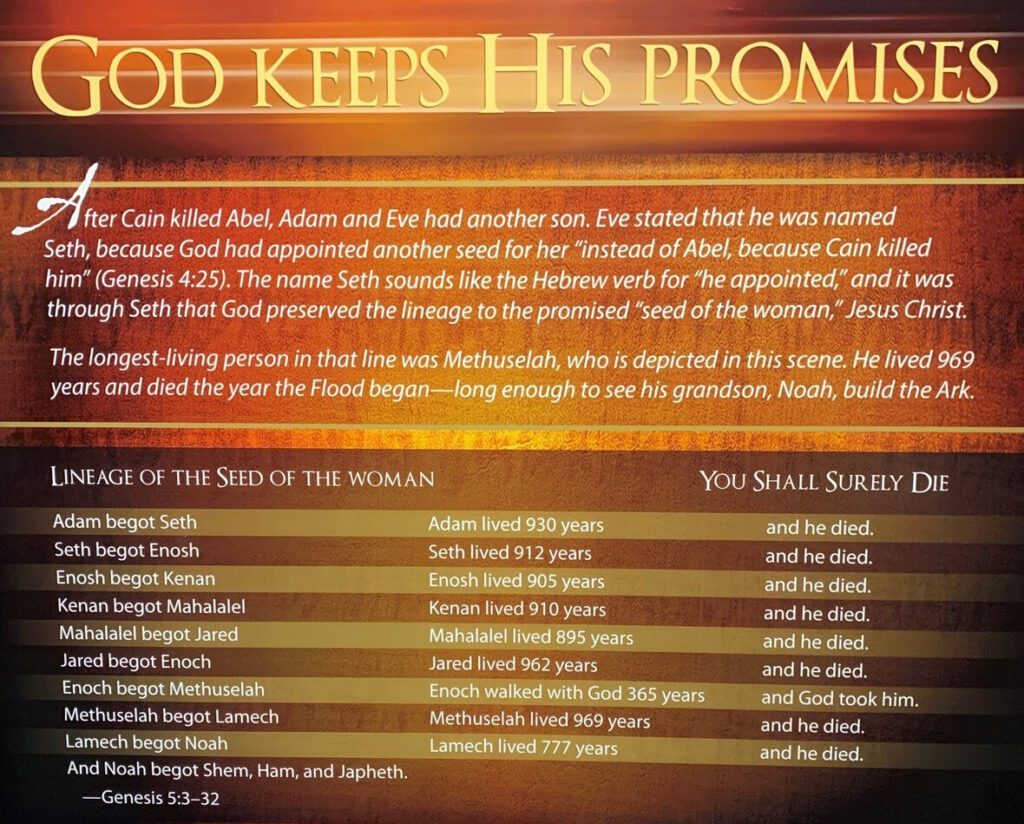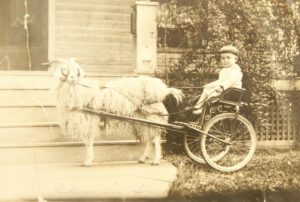
06 Oct FIND MY ANCESTORS Newsletter- October 8, 2022
Contents
- 1 FIND MY ANCESTORS THE DANISH QUEEN LOOKS TO NORMALIZE THE LIFE OF ROYAL FAMILY MEMBERS NOT LIKELY TO INHERIT THE THRONE
- 2 FIND MY ANCESTORS THE ASTRO CLOCK IN LUND CATHEDRAL SWEDEN WAS FASCINATING TO VIEW
- 3 FIND MY ANCESTORS THE US POPULATION CENTER CONTINUES TO SHIFT WEST AND SOUTH”
- 4 FIND MY ANCESTORS OK, GEORGE WASHINGTON DID NOT STAY AT MY ANCESTOR’S HOUSE DURING THE REVOLUTION, BUT A NELSON DID CONTRIBUTE!
- 5 FIND MY ANCESTORS WHO WOULD HAVE THOUGHT A PICNIC COULD BE SO DANGEROUS?
- 6
- 7 FIND MY ANCESTORS I RECENTLY SAW THIS AT THE ARK EXHIBIT IN KENTUCKY
- 8
- 9 FINDING YOUR ANCESTORS YOUR ANCESTORS ARE WAITING TO BE DISCOVERED!
FIND MY ANCESTORS  THE DANISH QUEEN LOOKS TO NORMALIZE THE LIFE OF ROYAL FAMILY MEMBERS NOT LIKELY TO INHERIT THE THRONE
THE DANISH QUEEN LOOKS TO NORMALIZE THE LIFE OF ROYAL FAMILY MEMBERS NOT LIKELY TO INHERIT THE THRONE
The The Queen of Denmark has stripped some royal titles from four of her grandchildren, in a move criticised by her youngest son.
Queen Margrethe II has two sons: Crown Prince Frederik, who is the heir to the throne, and his brother Prince Joachim.
While the princes each have four children of their own, from 1 January next year Joachim’s children will no longer be allowed to call themselves Prince or Princesses – a title they currently hold. Instead, they will only be allowed to use one of their other titles: count or countess of Monpezat.
“The Queen’s decision is in line with similar adjustments that other royal houses have made in various ways in recent years,” the Royal Household said in a statement on Wednesday.
The palace added that the Queen’s decision was in line with moves that other European royal houses have made in recent years, and that she wants her four grandchildren by Prince Joachim “to be able to shape their own lives to a much greater extent without being limited by the special considerations and duties that a formal affiliation with the Royal House of Denmark as an institution involves.”
 FIND MY ANCESTORS THE ASTRO CLOCK IN LUND CATHEDRAL SWEDEN WAS FASCINATING TO VIEW
FIND MY ANCESTORS THE ASTRO CLOCK IN LUND CATHEDRAL SWEDEN WAS FASCINATING TO VIEW
An astronomical clock, horologium, or orloj is a clock with special mechanisms and dials to display astronomical information, such as the relative positions of the Sun, Moon, zodiacal constellations, and sometimes major planets.
Research in 2011 and 2012 led an expert group of researchers to posit that European astronomical clocks are descended from the technology of the Antikythera mechanism.
In the 11th century, the Song dynasty Chinese horologist, mechanical engineer, and astronomer Su Song created a water-driven astronomical clock for his clock-tower of Kaifeng City. Su Song is noted for having incorporated an escapement mechanism and the earliest known endless power-transmitting chain drive for his clock-tower and armillary sphere to function. Contemporary Muslim astronomers and engineers also constructed a variety of highly accurate astronomical clocks for use in their observatories, such as the castle clock (a water-powered astronomical clock) by Al-Jazari in 1206, and the astrolabic clock by Ibn al-Shatir in the early 14th century.
The early development of mechanical clocks in Europe is not fully understood, but there is general agreement that by 1300–1330 there existed mechanical clocks (powered by weights rather than by water and using an escapement) which were intended for two main purposes: for signalling and notification (e.g. the timing of services and public events), and for modelling the solar system. The latter is an inevitable development because the astrolabe was used both by astronomers and astrologers, and it was natural to apply a clockwork drive to the rotating plate to produce a working model of the solar system. American historian Lynn White Jr. of Princeton University wrote:
Most of the first clocks were not so many chronometers as exhibitions of the pattern of the cosmos … Clearly, the origins of the mechanical clock lie in a complex realm of monumental planetaria, equatoria, and geared astrolabes.
The astronomical clocks developed by the English mathematician and cleric Richard of Wallingford in St Albans during the 1330s, and by medieval Italian physician and astronomer Giovanni de Dondi in Padua between 1348 and 1364 are masterpieces of their type. They no longer exist, but detailed descriptions of their design and construction survive, and modern reproductions have been made. Wallingford’s clock may have shown the sun, moon (age, phase, and node), stars and planets, and had, in addition, a wheel of fortune and an indicator of the state of the tide at London Bridge. De Dondi’s clock was a seven-faced construction with 107 moving parts, showing the positions of the sun, moon, and five planets, as well as religious feast days.
Both these clocks, and others like them, were probably less accurate than their designers would have wished. The gear ratios may have been exquisitely calculated, but their manufacture was somewhat beyond the mechanical abilities of the time, and they never worked reliably. Furthermore, in contrast to the intricate advanced wheelwork, the timekeeping mechanism in nearly all these clocks until the 16th century was the simple verge and foliot escapement, which had errors of at least half an hour a day.
Astronomical clocks were built as demonstration or exhibition pieces, to impress as much as to educate or inform. The challenge of building these masterpieces meant that clockmakers would continue to produce them, to demonstrate their technical skill and their patrons’ wealth. The philosophical message of an ordered, heavenly-ordained universe, which accorded with the Gothic era view of the world, helps explain their popularity.
The growing interest in astronomy during the 18th century revived interest in astronomical clocks, less for the philosophical message, more for the accurate astronomical information that pendulum-regulated clocks could display.
 FIND MY ANCESTORS THE US POPULATION CENTER CONTINUES TO SHIFT WEST AND SOUTH”
FIND MY ANCESTORS THE US POPULATION CENTER CONTINUES TO SHIFT WEST AND SOUTH”
Hartville, Missouri — It’s not every day that a small hamlet in the Missouri Ozarks is in the middle of everything, but that was the case for tiny Wright County on Wednesday as officials from the nation’s capital unveiled a marker designating a spot there as the center of population in the United States.
Dignitaries from the National Oceanic and Atmospheric Administration and the U.S. Census Bureau, including the agency’s director, Robert Santos, celebrated the debut of the red granite marker in Hartville. With a population of 594 residents in 2020, the county seat is 14.6 miles (23.5 kilometers) from the actual spot calculated following the 2020 census.
“You’ll be famous for this wonderful designation for the rest of our nation’s history,” Santos told local officials at a ceremony. “And you will have bragging rights for the rest of this decade! Not bad.”
Bypassed by interstate highways and railroads, Hartville doesn’t have a big tax base or large industry. The local school, a nursing home, the gas station and the Dollar General store are the largest employers.
The nation’s population center is calculated every 10 years after the once-a-decade census shows where people are living. The heart of America has been in Missouri since 1980. Previously located in Plato, in the neighboring county, it moved only 11.8 miles (19 kilometers) southwest from 2010 to 2020. It is the smallest distance shift in 100 years and the second-smallest in U.S. history.
To calculate the center of the U.S., the Census Bureau figures out which spot would be “the balance point” if the 50 states were located on an imaginary, flat surface with weights of identical size — each representing the location of one person — placed on it.
 FIND MY ANCESTORS OK, GEORGE WASHINGTON DID NOT STAY AT MY ANCESTOR’S HOUSE DURING THE REVOLUTION, BUT A NELSON DID CONTRIBUTE!
FIND MY ANCESTORS OK, GEORGE WASHINGTON DID NOT STAY AT MY ANCESTOR’S HOUSE DURING THE REVOLUTION, BUT A NELSON DID CONTRIBUTE!
Nelson or Old Nelson was George Washington’s horse and one of several horses owned by Washington. He was a chestnut with a white blaze and white feet. The horse was acquired by Washington in 1779 and died in 1790 at about the age of 27, quite old for a horse in that era.[1] As Washington was known for being a skilled horse rider, Nelson was a significant icon for a number of years, being one of Washington’s favorite horses.
Nelson was foaled in 1763 and was given to Washington in 1778 by Thomas Nelson of Virginia, after whom the horse was then named. Washington stated that Nelson was his most favored horse to use during the Revolutionary War, as he was not easily provoked by gunfire. Washington rode Nelson when accepting Cornwallis’ surrender at Yorktown. The other horse he rode during the Revolutionary War, and on whom he is more often portrayed, was his gray horse, Blueskin.
Washington ceased to ride Nelson after the war. Nelson and Blueskin were retired and lived at Mount Vernon post-war.
 FIND MY ANCESTORS WHO WOULD HAVE THOUGHT A PICNIC COULD BE SO DANGEROUS?
FIND MY ANCESTORS WHO WOULD HAVE THOUGHT A PICNIC COULD BE SO DANGEROUS?
My mom tells the story of how during WW2 that when my grandfather heard about the Japanese balloon bombs, he packed up the family and headed back to Oklahoma where the balloons would not make it over the Rockies.
In 1944–1945, during World War II, Japan launched some 9,300 Fu-Go balloon bombs at North America. The 10-meter (33 ft) diameter balloons were inflated with hydrogen and typically carried one 15 kilograms (33 lb.) bomb, or one 12 kilograms (26 lb.) bomb along with four 5 kilograms (11 lb.) bombs. The Fu-Go utilized the 220 miles per hour (350 km/h) winter jet stream to cross 5,000 miles (8,000 km) of the Pacific Ocean in approximately three days. To control altitude, the balloon used a barometric sensor that would release ballast sand-bags when the balloon went below 30,000 feet (9,100 m). When the sensor registered an altitude of above 38,000 feet (12,000 m), hydrogen was vented from the balloon. The whole mechanism was activated 52 minutes after launch to allow the balloon to reach initial altitude. The final sandbag stations were fitted with incendiary bombs which were released by the same mechanism, and after the last release the balloon activated a self-destruct mechanism and released an additional bomb.
Two weeks after the discovery of the balloon off San Pedro, another was found in the ocean off Kailua, Hawaii, on November 14. More balloons were found in Thermopolis, Wyoming, on December 6 (along with a crater) and in Kalispell, Montana, on December 11, followed by finds in Marshall, Alaska, and Estacada, Oregon, later in the month. National and state agencies were placed on heightened alert, and forest rangers were ordered to report any balloon sightings and finds. On January 4, 1945, the Office of Censorship requested that newspaper editors and radio broadcasters give no publicity to balloon incidents; this voluntary censorship was highly effective, with the Japanese military only learning of the Wyoming find. The balloons continued to be discovered over a wide geographic area, with sightings and partial or full recoveries in Alaska, Arizona, California, Colorado, Idaho, Iowa, Kansas, Michigan, Montana, Nebraska, Nevada, North Dakota, Oregon, South Dakota, Texas, Utah, Washington, and Wyoming; as well as in Canada in Alberta, British Columbia, Manitoba, Saskatchewan, and the Northwest and Yukon Territories; in northern Mexico; and at sea by ships.
Few American officials believed at first that the balloons could have come directly from Japan. Early U.S. theories speculated that they were launched from German prisoner of war camps or from Japanese-American internment centers. After bombs of Japanese origin were found, it was believed that the balloons were launched from coastal submarines. Sand from the sandbags was studied by the Military Geology Unit of the United States Geological Survey, revealing mineral and diatom compositions that corresponded to Ichinomiya. Aerial reconnaissance later located two nearby hydrogen production facilities, which were destroyed by B-29 bombing raids in April 1945.
Japanese propaganda broadcasts announced great fires and an American public in panic, falsely declaring casualties in the hundreds or thousands.
On March 10, 1945, one of the balloons descended near Toppenish, Washington, causing a short circuit in power lines supplying the Manhattan Project’s production facility at the Hanford Engineer Works in Washington. Backup safety devices restored power quickly, though it took three days for the nuclear reactors to be brought to full capacity. Plutonium produced in the reactors was later used in Fat Man, the bomb dropped on Nagasaki in August 1945.
The balloons were launched in the winter to take advantage of the more favorable winter jet stream. However, this limited their damage potential as wildfires were less likely to catch in winter. The Fu-Go balloons inflicted relatively little damage, except for one fatal incident in which a woman and five children were killed near Bly, Oregon after they approached a balloon that had landed at the subsequently named Mitchell Recreation Area. The deaths of six civilians were the only fatalities caused by fire balloons on American soil during World War II.
On May 5, 1945, six civilians were killed near Bly, Oregon, when they discovered one of the balloon bombs in Fremont National Forest, becoming the only fatalities from enemy action in the continental U.S. during the war.
Reverend Archie Mitchell and his pregnant wife Elsie (age 26) drove to Gearhart Mountain that day with five of their Sunday school students for a picnic. While Archie was moving the car, Elsie and the children found the balloon lying on the ground. A large explosion occurred; the four boys (Edward Engen, 13; Jay Gifford, 13; Dick Patzke, 14; and Sherman Shoemaker, 11) were killed instantly, while Joan Patzke and Elsie died several minutes later. A bomb disposal expert guessed that the bomb had been kicked. Military personnel who arrived on the scene saw that the balloon still had snow beneath it while the surrounding area did not. They concluded that the balloon had drifted to the ground several weeks earlier, and had lain there undisturbed until found by the group. The press blackout in the U.S. was lifted on May 22 to ensure that others were warned of the threat.
A memorial, the Mitchell Monument, is located at the point of the explosion, 50 miles (80 kilometers) northeast of Klamath Falls in the Mitchell Recreation Area. It was listed in the National Register of Historic Places in 2001. Several Japanese civilians have visited the monument to offer their apologies for the deaths that took place here, and cherry trees have been planted around the monument as a symbol of peace.
 FIND MY ANCESTORS I RECENTLY SAW THIS AT THE ARK EXHIBIT IN KENTUCKY
FIND MY ANCESTORS I RECENTLY SAW THIS AT THE ARK EXHIBIT IN KENTUCKY
The ages of these biblical forefathers is amazing. You have to wonder if like Aaron Judge beating Roger Maris’ home run record if folks were cheering on Methuselah at 961 years of age as he approached Jared 962 years? Methuselah’s record of 969 years has stood awhile! Did Noah’s father Lamech feel cheated with only living 777 years?
 FINDING YOUR ANCESTORS YOUR ANCESTORS ARE WAITING TO BE DISCOVERED!
FINDING YOUR ANCESTORS YOUR ANCESTORS ARE WAITING TO BE DISCOVERED!
Reach out to Dancestors and let us research, discover, and preserve your family history. No one is getting any younger, and stories disappear from memory every year and eventually from our potential ability to find them. Paper gets thrown in the trash, and books survive! So do not hesitate, and call to me @ 214-914-3598.


